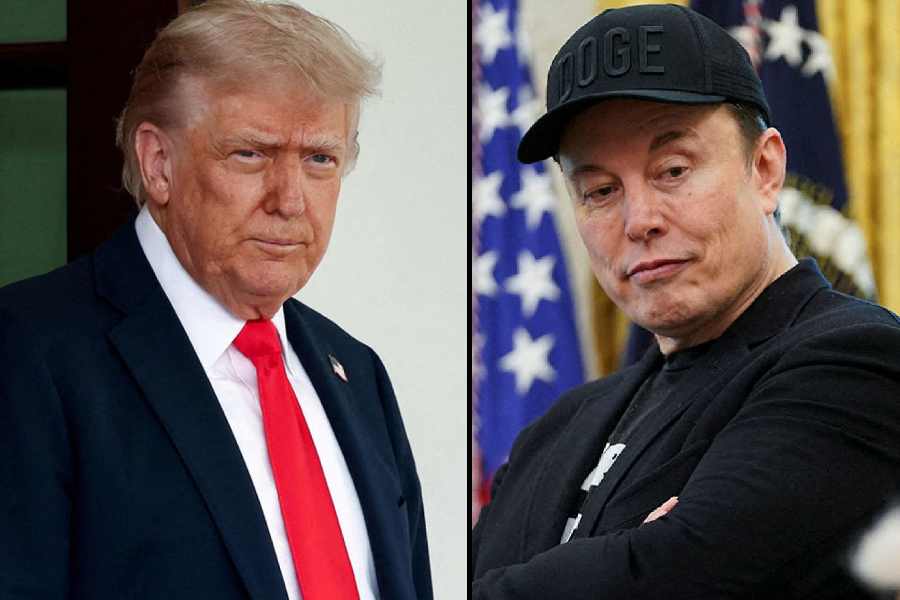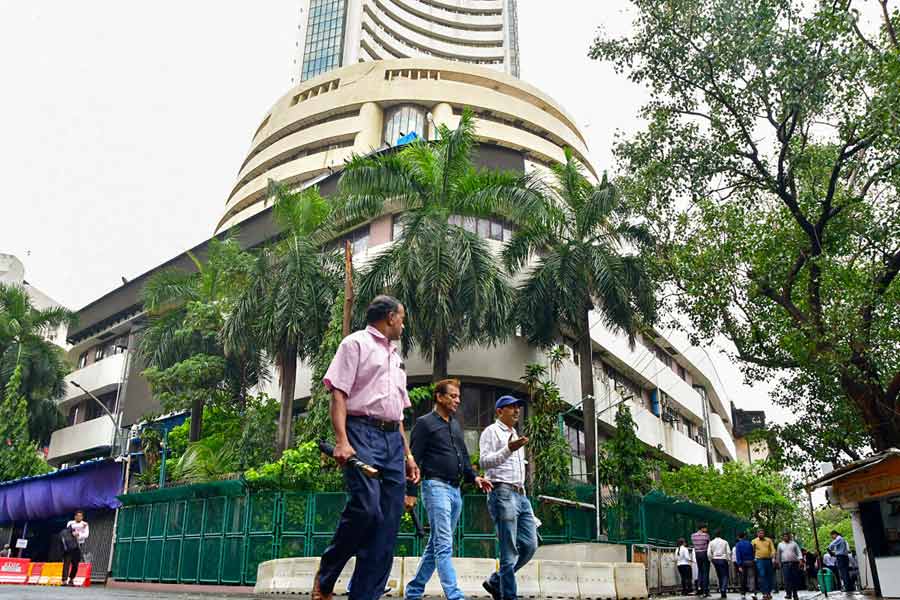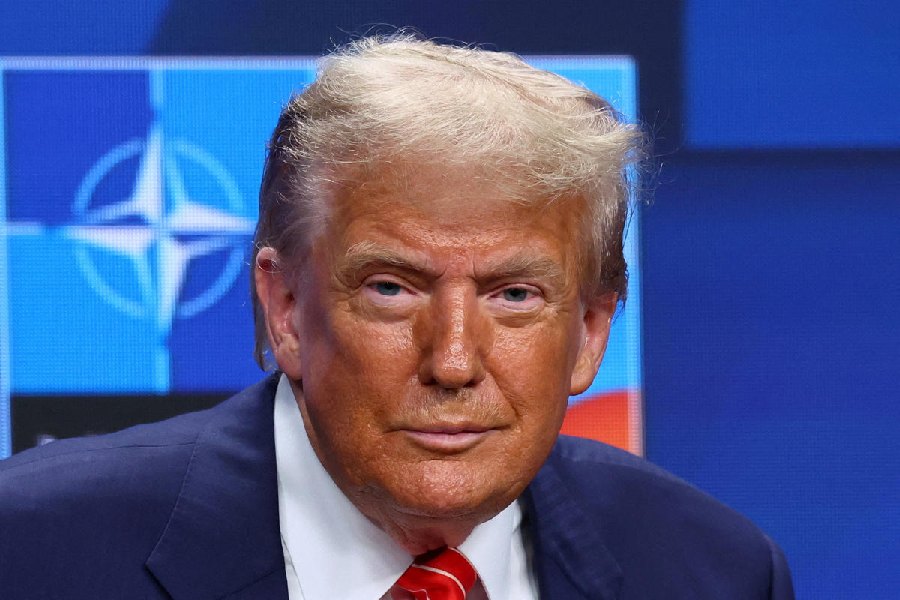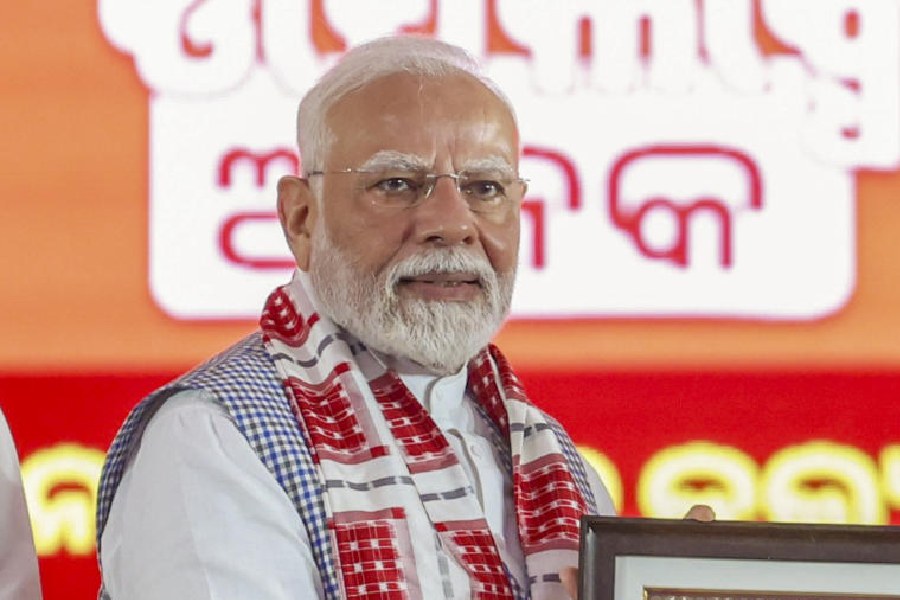A cell-separator, which extracts a particular component from the blood and returns the rest to the donor’s body, has been installed at Bhoruka’s blood bank. This, hopes the NGO, will trigger “a small revolution in blood banking” in Calcutta.
The machine is equipped to take up to 350 ml of just platelets or plasma out of the blood. “For that amount of component, we would normally have to bleed seven or eight donors,” explains Rakesh Agarwal, director, Bhoruka.
Since regulations restrict a donor from giving more than one unit of blood — or 350 ml — at one time, for patients who only need a part of the blood, finding so many ready donors can be a stressful process.
Though this technology — known as the plasma-apheresis machine — is not new, it never took off in eastern India. One has recently been installed at the Central Blood Bank, but it is not yet operational. “Other medical institutes have tried to utilise it, but they have not been successful in popularising it,” says Agarwal.
Its use will not be restricted to providing blood components. “We will apply it for treatment as well,” adds Agarwal. Patients with complicated illnesses who require blood purification will be treated, at the cost of Rs 8,000 per therapy.
The components will be available at Rs 6,000 per unit. Though this may seem steep, the process proves cost-effective for those in need of a particular component.
“Whole blood is hardly ever necessary, and it causes a lot of waste and could also lead to complications,” explains Agarwal.
For example, a cancer patient undergoing chemotherapy needs platelets. Instead of taking blood from numerous donors (platelets can only be extracted from fresh blood) — increasing the risk of infection — with the cell-separator, just one donor needs to be arranged. Each donor can be tapped more frequently as well.
A change in the culture of doctors and patients is also required, say Bhoruka officials.
The component is safer than whole blood, as it is leuco- reduced, meaning the white blood corpuscles (WBCs) are not present. It is the WBCs that cause complications during transfusion.










